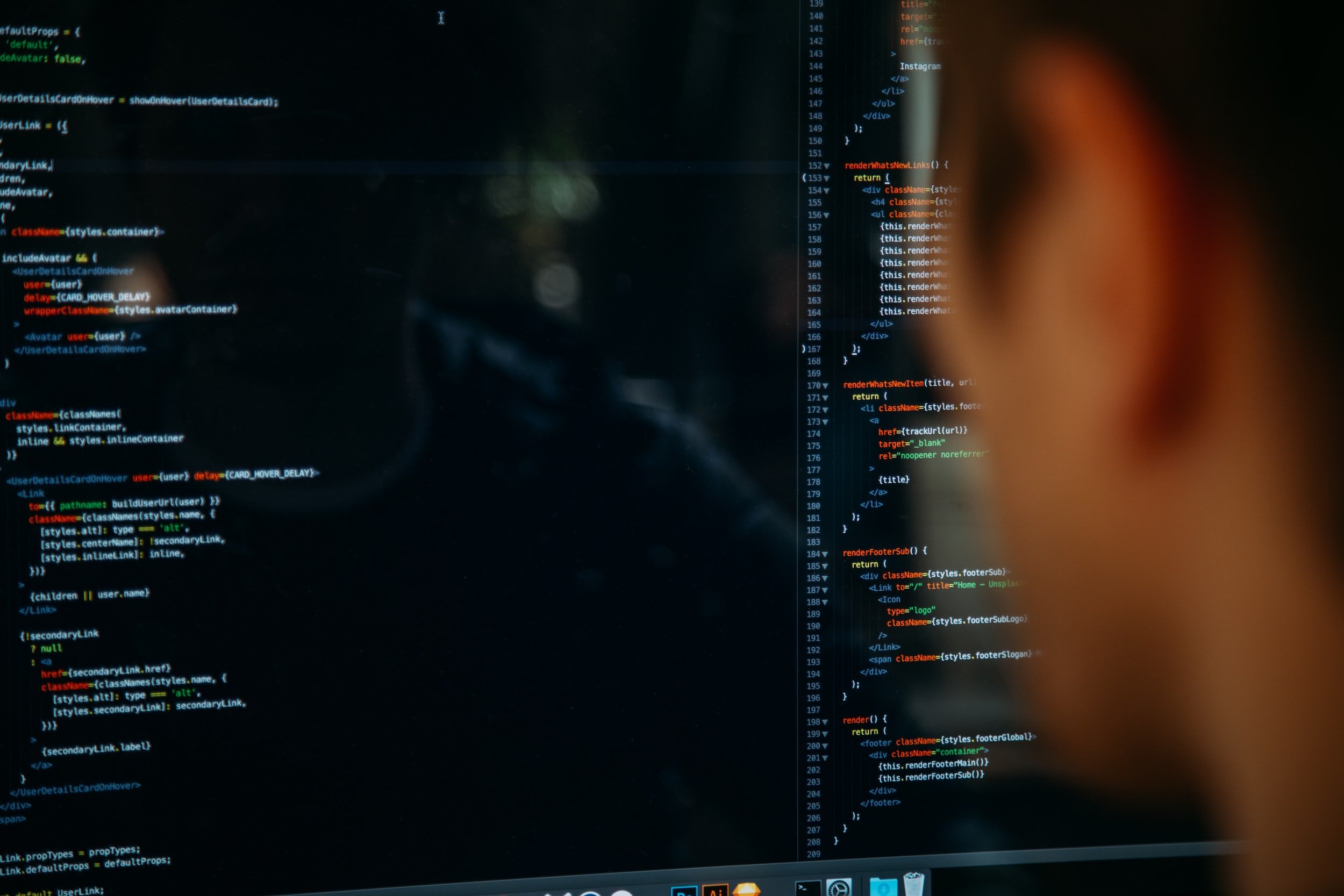Your application, platform, or website relies on error-free code to ensure optimal performance and to provide an overall higher-quality end-user experience. If you neglect this, bugs will wreak havoc on your product and turn users off from it altogether. Though quality assurance testing is common practice during software development, developers still play a vital role in the debugging process.
Debugging techniques vary by language and tool, yet there are many straightforward methods for developers when approaching the debugging process that can be applied to almost any software. In this article, we'll explore some of the most practical debugging techniques that programmers can use to enhance their software simply and effectively. In addition to this, we’ll look at 5 specific debuggers and what exactly they’re good for.
How Can I Debug Easily?
When a programmer begins debugging, they are simply identifying and removing any defective code within the program. Although finding bugs is a crucial element of QA testing, it’s still just one part of a broader phase that entails verifying other aspects of quality, including usability and overall performance.
The reality of debugging “easily” is to think about the problem less from a technical aspect and more from a systematic approach. With that being said, here are 5 ways to get started:
1) Break The Issue Down Into Simple Questions:
The first step to debugging effectively is to define the issue at hand and ask yourself the simple yet important questions related to it. For example:
What is the desired outcome of your program?
How is your program currently functioning?
What errors are you encountering?
What past experiences have you had with similar problems? And what solutions from then may apply now?
How many possible causes and locations of the bugs can you list?
Questions of this nature will lead the developer to form a theory about where to begin debugging and how to approach it logically.
2) How Do I Deal With Error Messages?
Though there is no feeling more gut-wrenching for a software developer than seeing an error message appear for the 3rd time, it’s the only way for them to realize what’s going wrong. So with that said, anytime an error message does appear, make sure you write down what’s wrong. By the same token, you can give it to Chat GPT, Visual Studio IntelliCode, or CodeSpace to get suggestions on how to solve the issue.
The fact remains that developers cannot ignore error messages or just hand them over to an AI to solve them. Getting suggestions from resources is a great first step and can speed up the debugging process - but attention to detail during software development is essential.
3) Keep a Log
Branching off the previous point regarding writing down error messages, the key benefit of this method is that it’s great at identifying patterns/recurring issues. For example, take a developer who is integrating a REST API for a weather app but keeps getting the error message "404 Not Found" when trying to access the API endpoint to retrieve current weather data.
The cause of this issue could be an incorrect endpoint URL or the API is simply unavailable or down. Either way, documenting the error and its details will make it easier for the developer to identify and address the problem. For instance, verifying the endpoint URL or seeking support from the API provider could be the best options when trying to resolve this issue. By logging that, the developer will be prepared should the issue happen again.
4) What About Debuggers?
A debugger can aid in pinpointing and fixing bugs in your code. These tools are also referred to as “debugging mode" or “debugging tool”. To take full advantage of a debugger, developers need to execute programming within it. This allows software developers to monitor it in real time and observe errors as they occur. By pausing the program while it's running, developers can identify and investigate the issues that are causing errors and then analyze the code line by line.
Some good debuggers include:
Visual Studio Debugger: This is a powerful and comprehensive debugger that is included with the Visual Studio IDE (Integrated Development Environment). It supports a variety of programming languages, including C++, C#, and Python, and even includes features such as step-by-step debugging, breakpoints, and data visualization.
GDB: This is a command-line debugger that is widely used in the Linux and Unix world. It supports a wide range of programming languages, including C, C++, and Fortran, and provides features such as breakpoints, watchpoints, as well as remote debugging.
Xcode Debugger: This is the debugger that is included with Apple's Xcode IDE. It supports programming languages such as Objective-C and Swift and also provides features such as source-level debugging, stack traces, and breakpoints (just as the last two do as well).
Eclipse Debugger: This is a debugger that is included with the Eclipse IDE. It supports multiple programming languages, including Java, C++, and Python, and offers features such as conditional breakpoints, expression evaluation, and remote debugging.
PyCharm Debugger: This is a debugger that is included with the PyCharm IDE for Python. It provides features such as step-by-step debugging, variable inspection, and remote debugging.
5) How Can a Developer Approach Debugging Logically?
It’s not unheard of for software developers to run into “analysis paralysis” when encountering issues with their code. For this reason, localizing the problem (line-by-line removal of code until the issue is found) is a great tool. Though it tends to be a tedious process, it can be the most efficient and effective way to solve the problem in some cases.
Software testing, detecting, and addressing bugs before they disrupt the application is the foundation for a “logical” approach to debugging. While the QA team is responsible for thoroughly checking the product, developers should always perform simple tests during the development phase, such as unit testing, which may involve testing individual parts of the code, or units.
Whatever the case may be, having a toolkit of simple debugging techniques is essential for creating and refining software, which ultimately leads to better products. Now, depending on the specific issues and situations encountered, some techniques may just be more suitable than others. However, top professionals would recommend that developers familiarize themselves with all of them to have a variety of tools available.
Summarizing Everything
Debugging is an essential part of building a sustainable software architecture. There are a variety of tools available to software developers today that can make this process much more efficient and effective. Software developers without debugging techniques are like a mechanic without a wrench. No matter how experienced or well-trained a software developer is, they will always run into errors and issues in their code which will lead to an unreliable and unsustainable software system. In a rapidly evolving digital landscape, debugging is paramount to ensuring that software systems are functioning as intended, and to prevent any issues that should arise from becoming bigger problems.
Written By Ben Brown
—
ISU Corp is an award-winning software development company, with over 17 years of experience in multiple industries, providing cost-effective custom software development, technology management, and IT outsourcing.
Our unique owners’ mindset reduces development costs and fast-tracks timelines. We help craft the specifications of your project based on your company's needs, to produce the best ROI. Find out why startups, all the way to Fortune 500 companies like General Electric, Heinz, and many others have trusted us with their projects. Contact us here.








